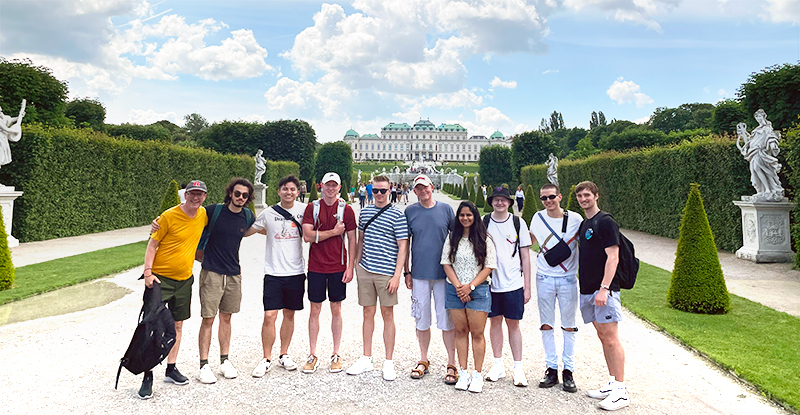
Vienna and Budapest are sister cities that share a common history from the days of the Austro-Hungarian Empire, which is still visible in the overall urban layout. The twentieth century brought significant changes. After World War II, Hungary became part of the Eastern communist block and Austria became a western leaning, but neutral state. In the 21st century, both countries’ future is shaped by the opportunities of their membership in the European Union, allowing for free travel and work. Today,
Budapest and Vienna are highly attractive cities to live in and prime tourist destinations to visit.The open space is our classroom.
Our summer program 2022 analyzed urban patterns and open spaces of both cites as case studies for urban quality of life. The analysis includes visible elements of the cities (e.g., spatial concept of an open space design, design elements, materials, etc.) as well as invisible aspects that are influencing open spaces (e.g., policies, regulations, tradition, overall goals for the open spaces etc.).Within two collaborative workshops (one in Budapest and one in Vienna), aspects influencing urban quality of life, like housing, mobility, open space network, climate change etc. were examined on different scales. In collaboration with faculty from University of Natural Resources and Life Sciences, Vienna and the Hungarian University of Agriculture and Life Sciences, Budapest, the mixed American, Hungarian, and Austrian student teams analyzed open space systems in both cities and explored how selected street scape improvements and interventions can contribute to an Urban Quality of Life.


